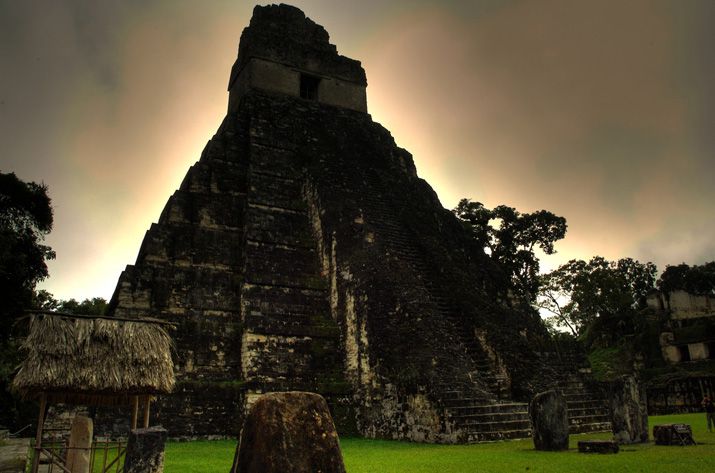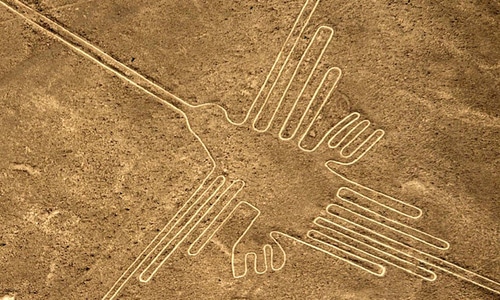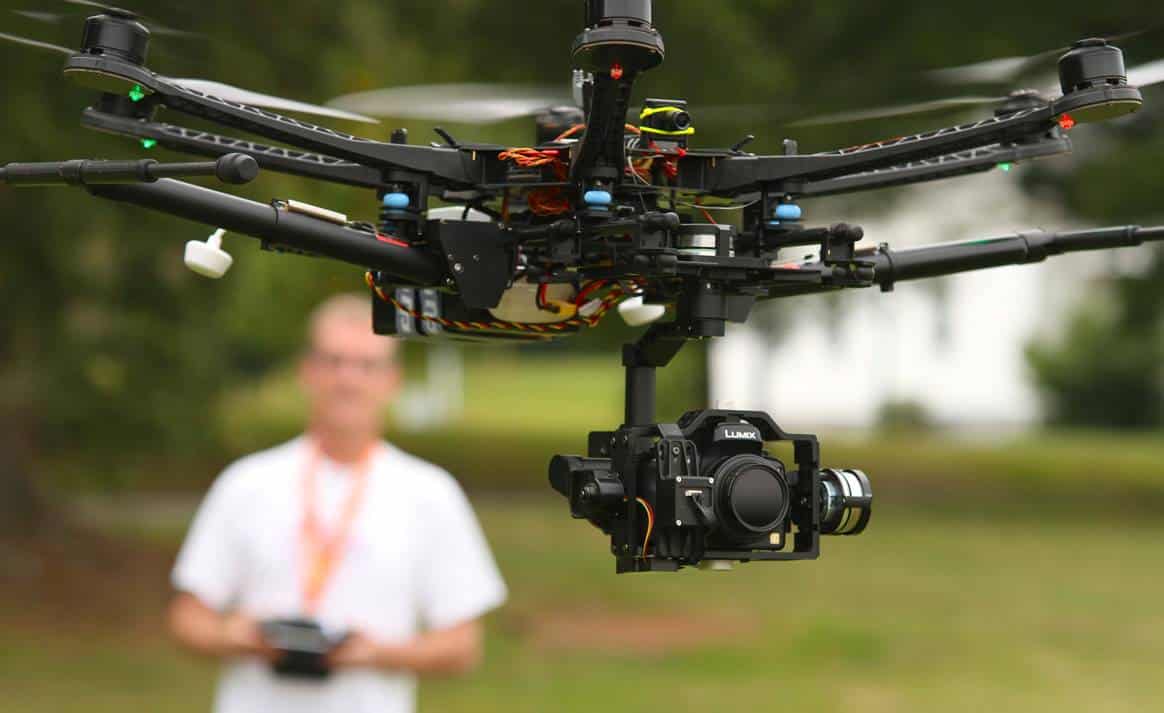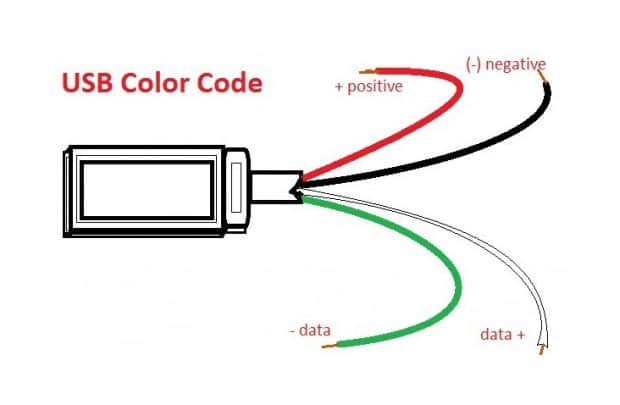Research teams, scientists and archeologists have used a variety of methods to find lost civilizations – or, at least evidence of lost civilizations. The process is painstaking and often involves setback after setback, false alarm after false alarm.
Now, the experts can put down their tools. A young and exciting technology is taking archeology (and all its relative disciplines) by storm; drones, like an underwater drone, can be used to locate evidence of lost civilizations and experts across the world are finally taking notice.
From the deepest, darkest Amazonian rainforest to the most desolate tundra in Norway, drones cover vast expanses and can go where previous technologies have failed. Here are just a few examples of the discoveries that drones have made.

The Mayan City of Tikal
Thomas Garrison and a team from Ithaca College (New York) used drones equipped with lidar (the visible-light equivalent of radar) to discover structures that would have otherwise remained unnoticed on ground.
The group mapped an area of 800 square miles in Guatemala and disproved the theory that a civilisation had flourished there in the first millennium AD – Garrison and co. found from lidar images that a population (two to three times bigger than previously thought) had occupied the area way, way before the first millennium AD.

It was a huge discovery, revealing around 60,000 previously unknown structures in the area – all thanks to lidar and drone technology. Lidar basically works by shooting out laser beams and building a map of what the laser beams hit through deflection data. Clever, right?!
Pueblo Civilization Under the New Mexico desert
Armed with drone surveillance and thermal imaging technology, an archeologist from the University of North Florida John Kantner discovered remains of structures belonging to the ancient Pueblo society that thrived 1,000 years ago. Kantner was specifically looking for evidence of kivas – small circular rooms where rituals were carried out. The technology enabled his team to discover numerous kivas giving the world an insight into ancient ceremonies and rituals.
The discoveries in New Mexico were achieved by taking photographs of the desert’s heat patterns (the photos were taken before dawn when the desert is at its coolest). Every heat pattern was captured, one second to the next – this created a ‘mosaic’ image which was comprised frame-by-frame of these singular snapshots. Combined, you can clearly see what was beneath the entire area. The heat signals beneath the sand revealed several kivas!
Nazca Lines in Southern Peru
Peruvian archeologist Luis Jaime Castillo co-led a land survey which, using drone technology, discovered large ancient geoglyphs dating between 500 BCE to 200 CE. The survey was conducted in the Nazca Desert, Southern Peru.
The Nazca discovery was a total accident: in 2014, Greenpeace activists damaged one of the sprawling Nazca lines when unfurling a flag over the ancient markings. When experts (Castillo being one of them) surveyed the protected land with drones, they made some surprising discoveries. Thin geoglyphic drawings that, while faint now, would’ve been easy to see by humans centuries ago.

Alexander the Great’s Lost City
Using drones and declassified satellite photography, British archeologists led by the British Museum discovered Qalatga Darband (northern Iraq) which is thought to have been founded in 331 BC. The site was first brought to the attention of archeologists when declassified CIA satellite photos from the 1960s were released.
Upon further surveyance and research, the British Museum’s team realised that they had found what could well have been a bustling city that spanned a distance from Iraq to Iran. It is now thought that Alexander the Great followed a route through the lost city of Qalatga Darband when pursuing Darius III of Persia in 331 BC.
Drones Are The Future
There you have it!
If you fancy yourself to be a bit of an explorer and you have a drone yourself, you’ll need some drone protection for when you’re out in the wilderness. We recommended sturdy, durable and waterproof drone cases by The Case Farm.














Leave a Reply